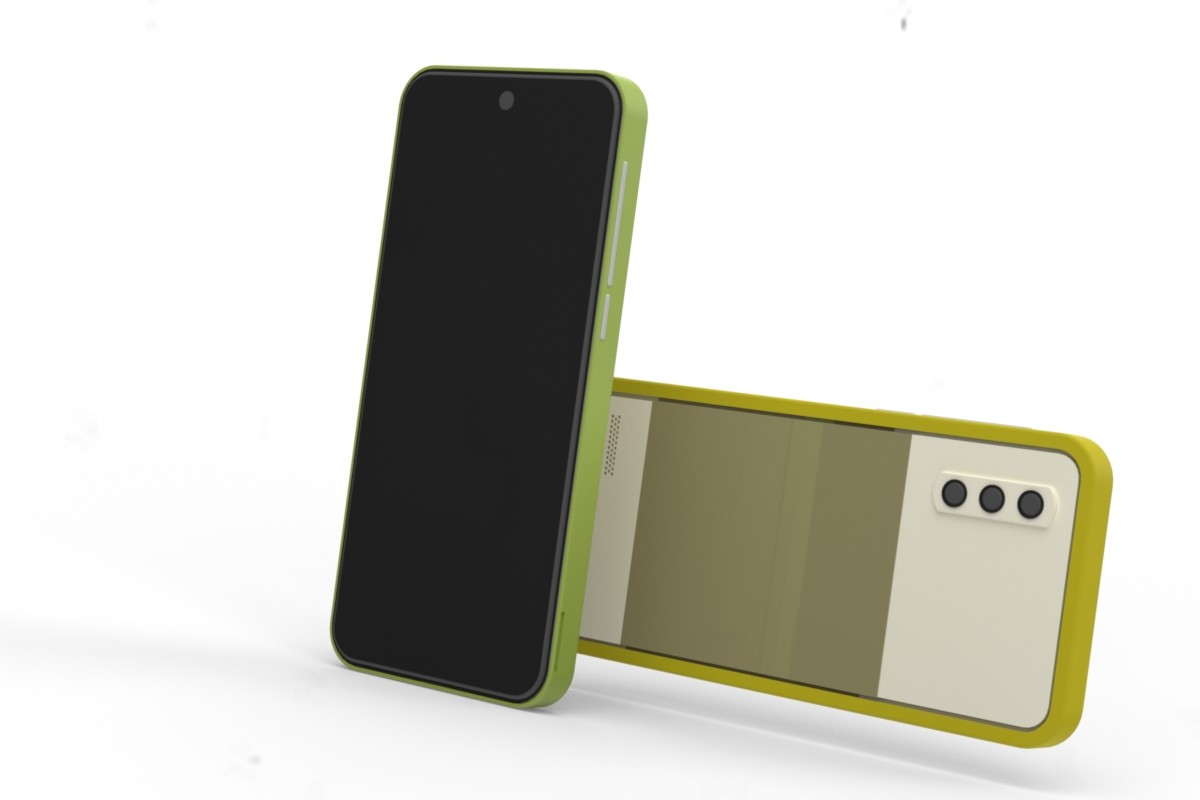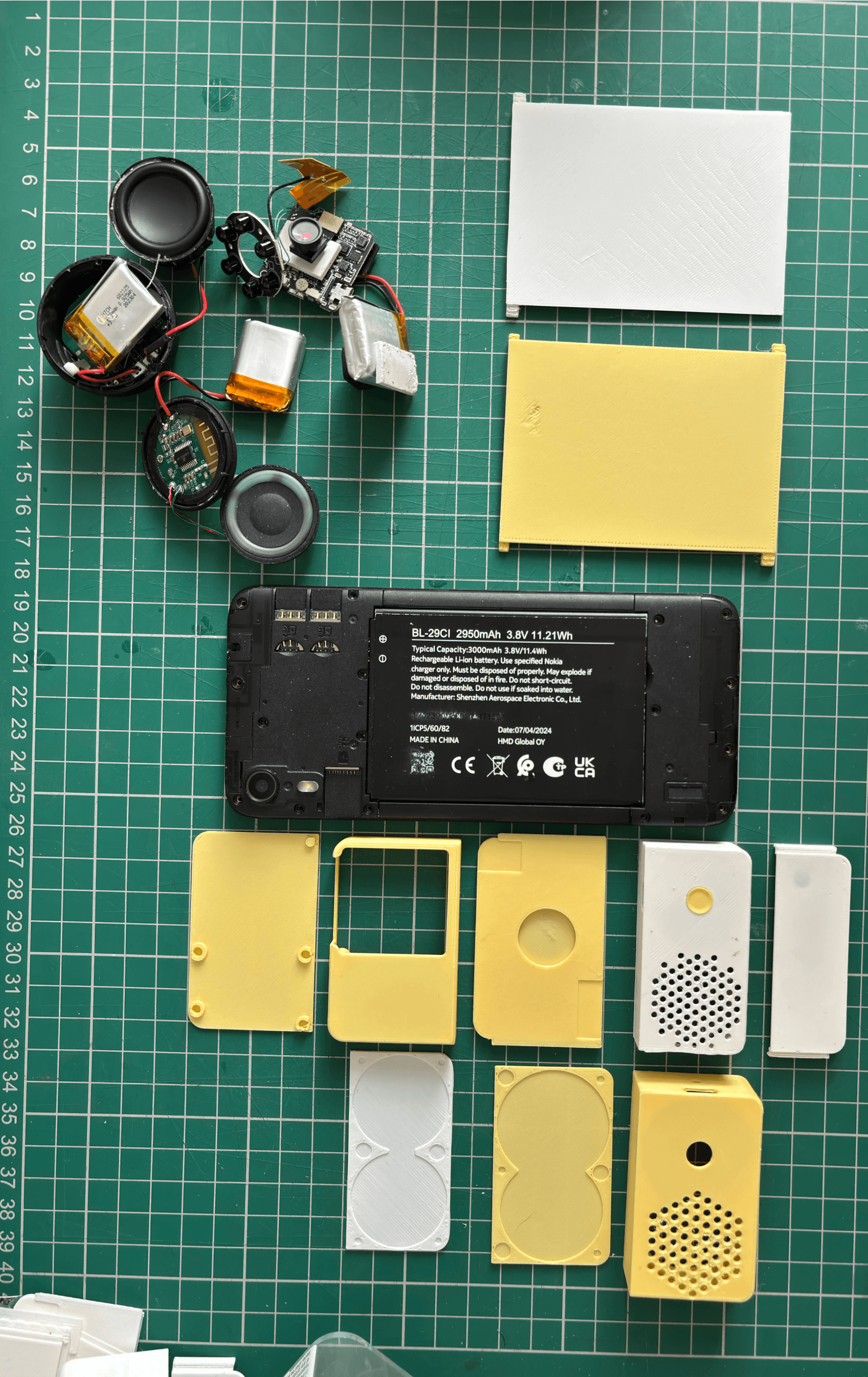
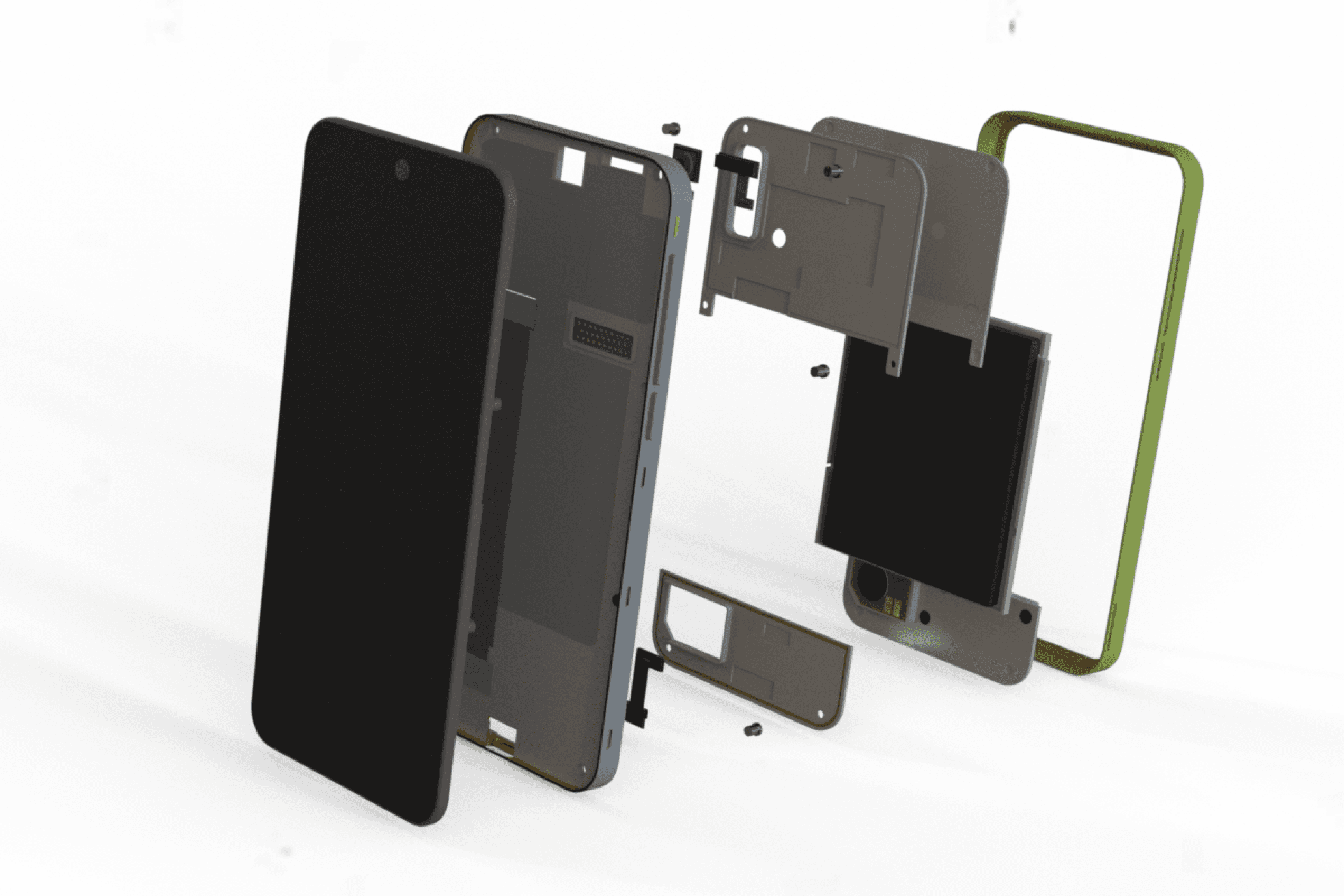
The Problem
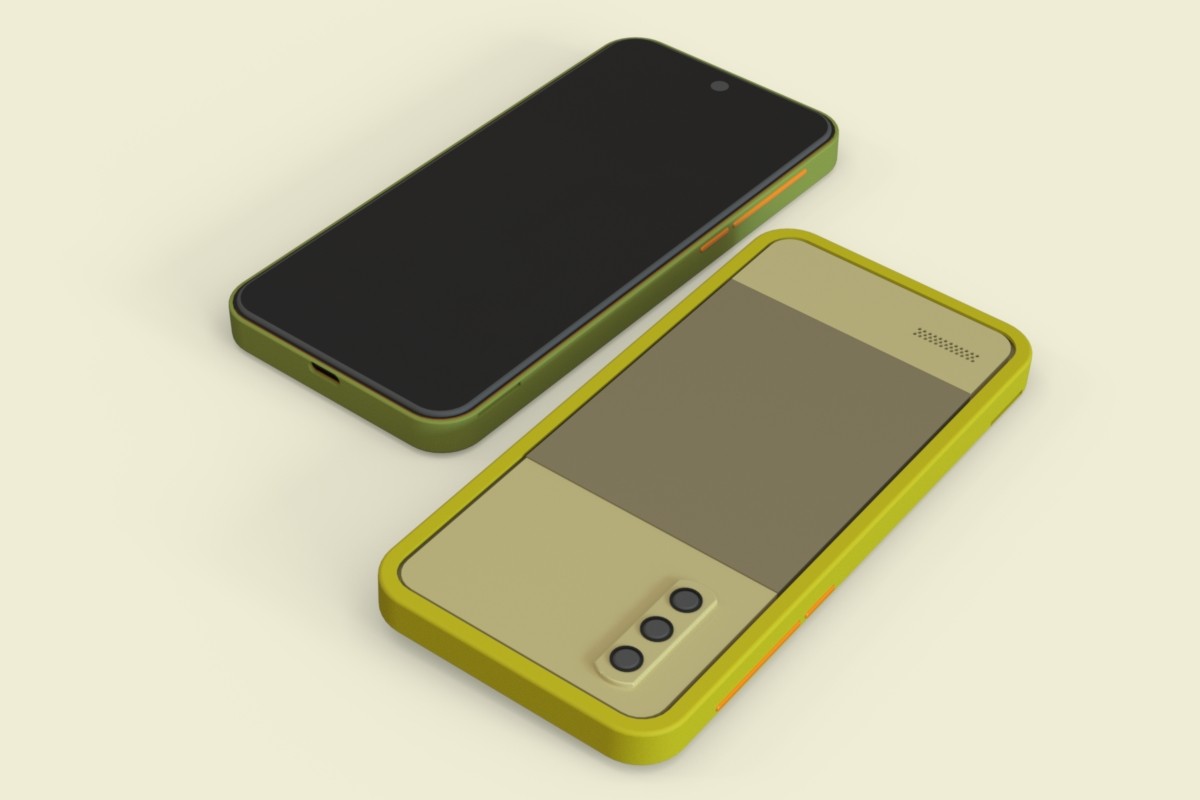
A smartphone assembly, aimed at easy repairability of components and the ability to upgrade essential components in the smartphone.
Smartphones contribute to a substantial increase in electronic waste due to its short lifecycle and high turnover rate.
Majority of smartphones sold are sealed and can only be serviced by a professional. Smartphone manufacturers also model their business such that exchanging a damaged device for a new smartphone is convenient and less expensive rather than fixing the broken device.
The design focuses on integrating modular hardware within the smartphone to help users customise their smartphone to their needs and expand the lifespan of their device.
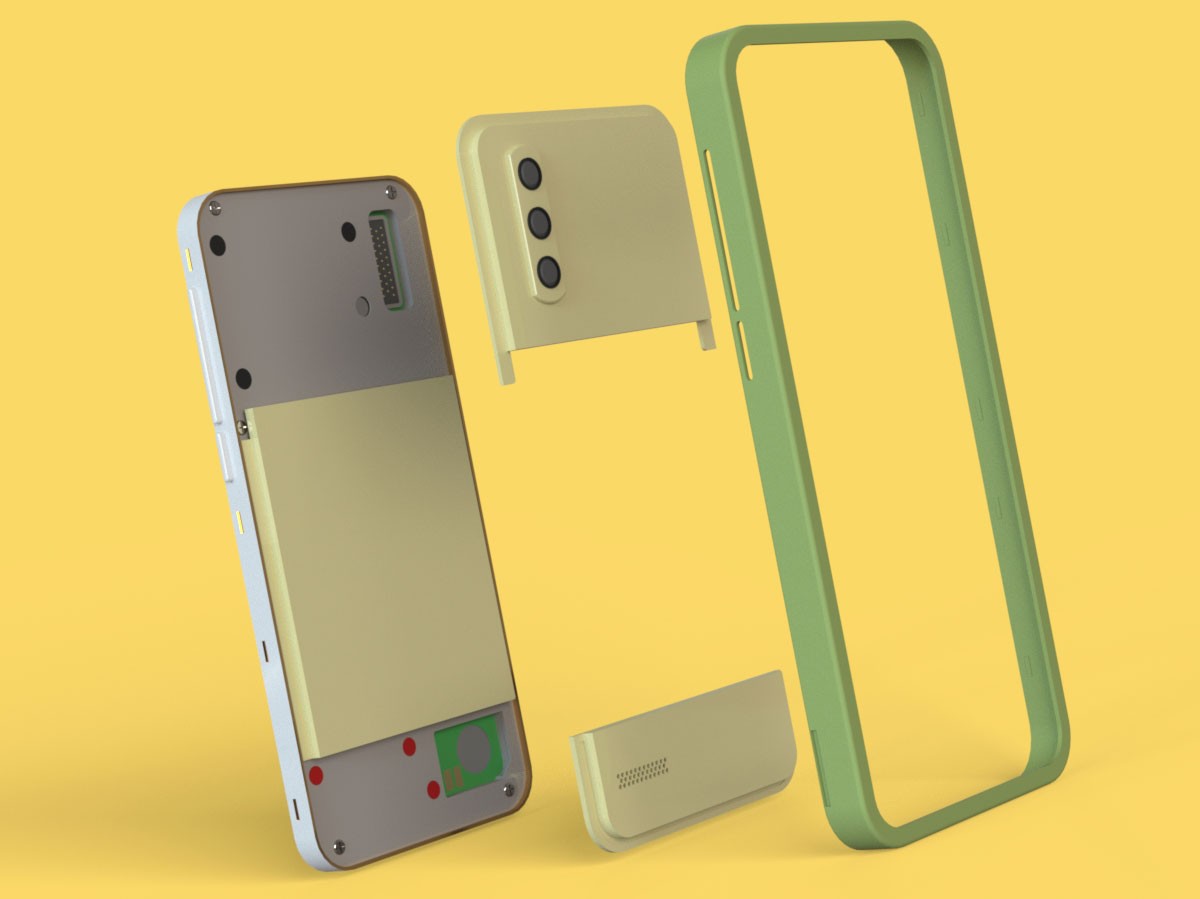
The smartphone design is created with a detachable construction.
The main modules include the screen, camera, speaker, and battery. The functionality of a smartphone majorly depend on these 4 features, which generally contribute to buying decisions and overall user experience.
The design allows modules to be easily removed, repaired and upgraded onto the smartphone core incase of any part damage or decision to upgrade a certain feature.
Other internal components can also be accessed and repaired by the user at their convenience.
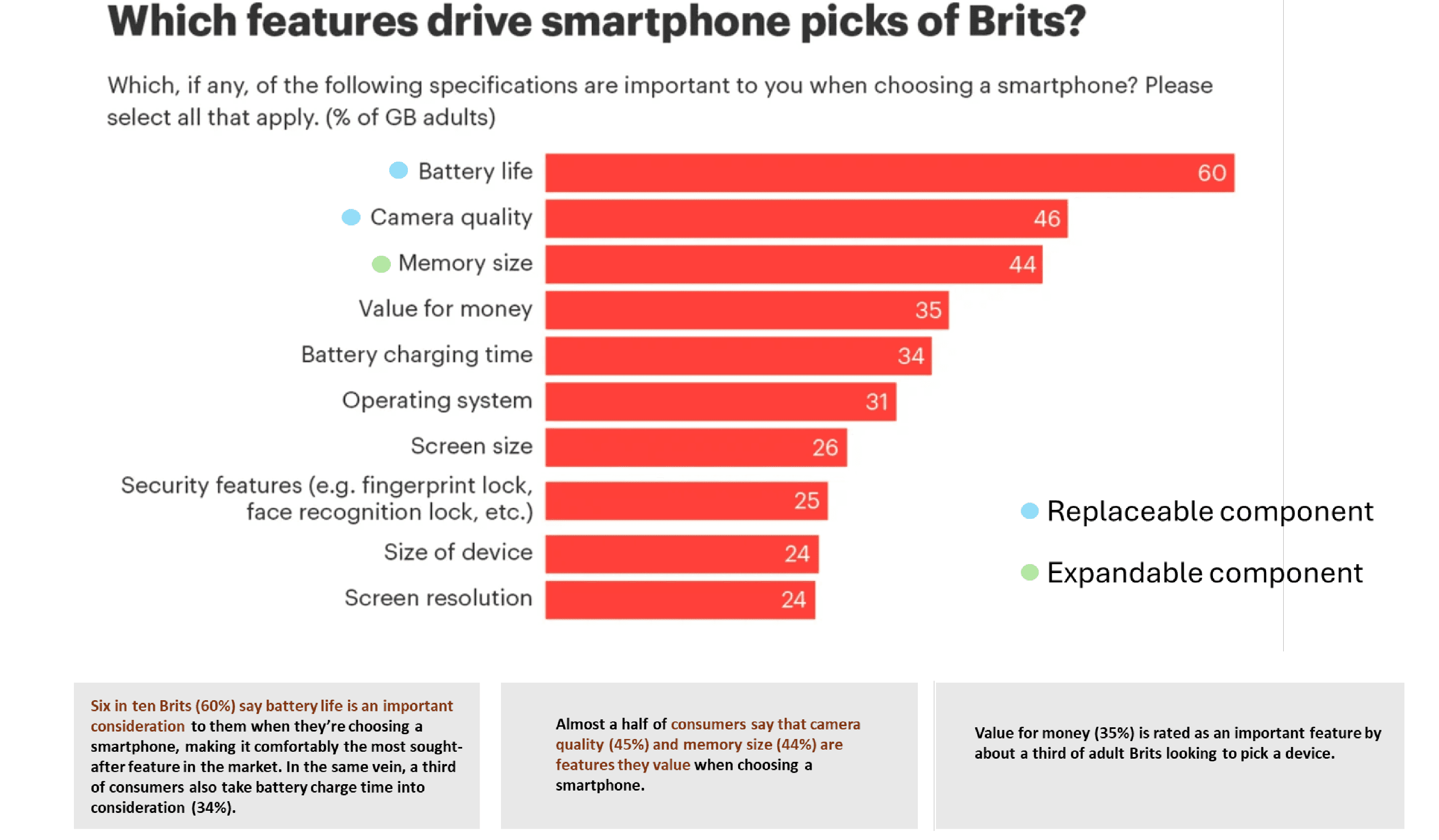
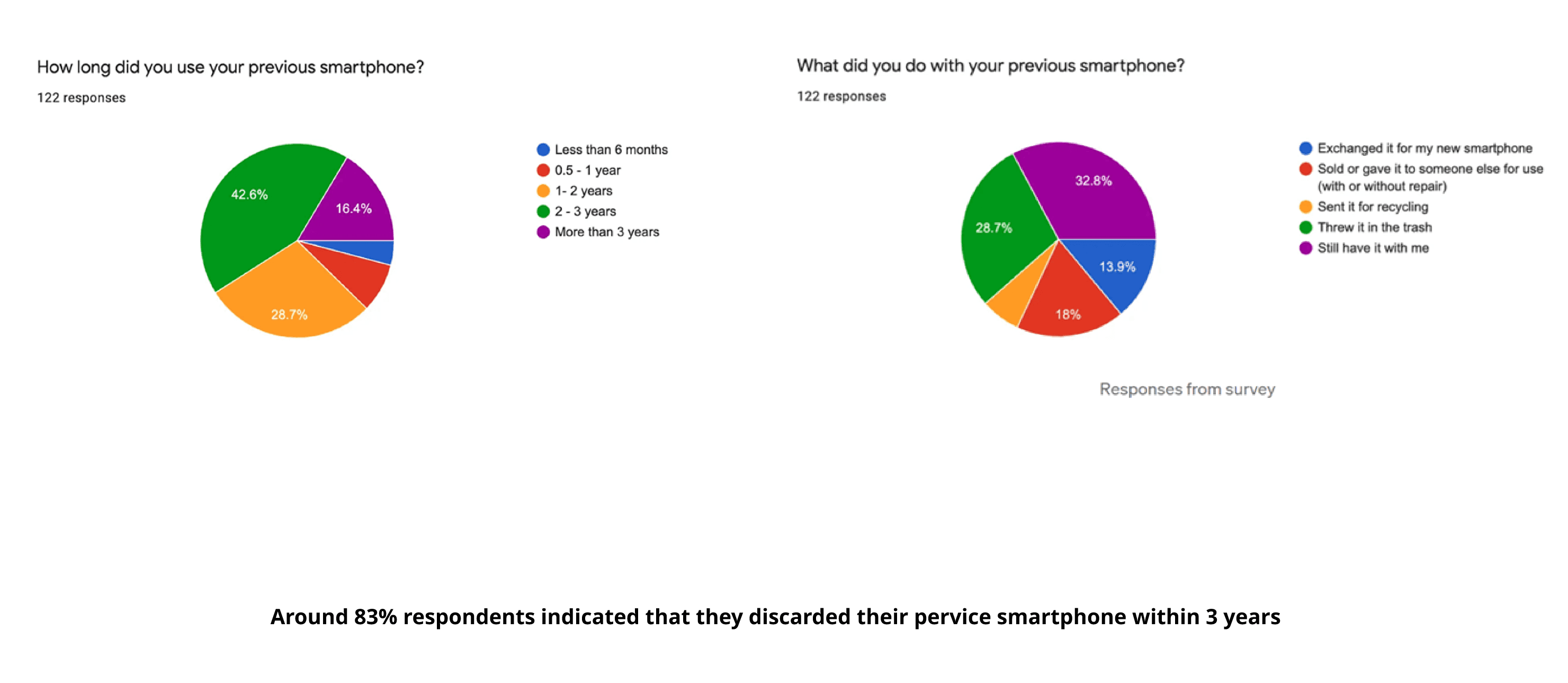
Research for the major project involved collecting data regarding electronic waste generated by smartphones. This was followed by user trends, components in the device, materials used, ownership experiences, and what might be the future of smartphones.
Research
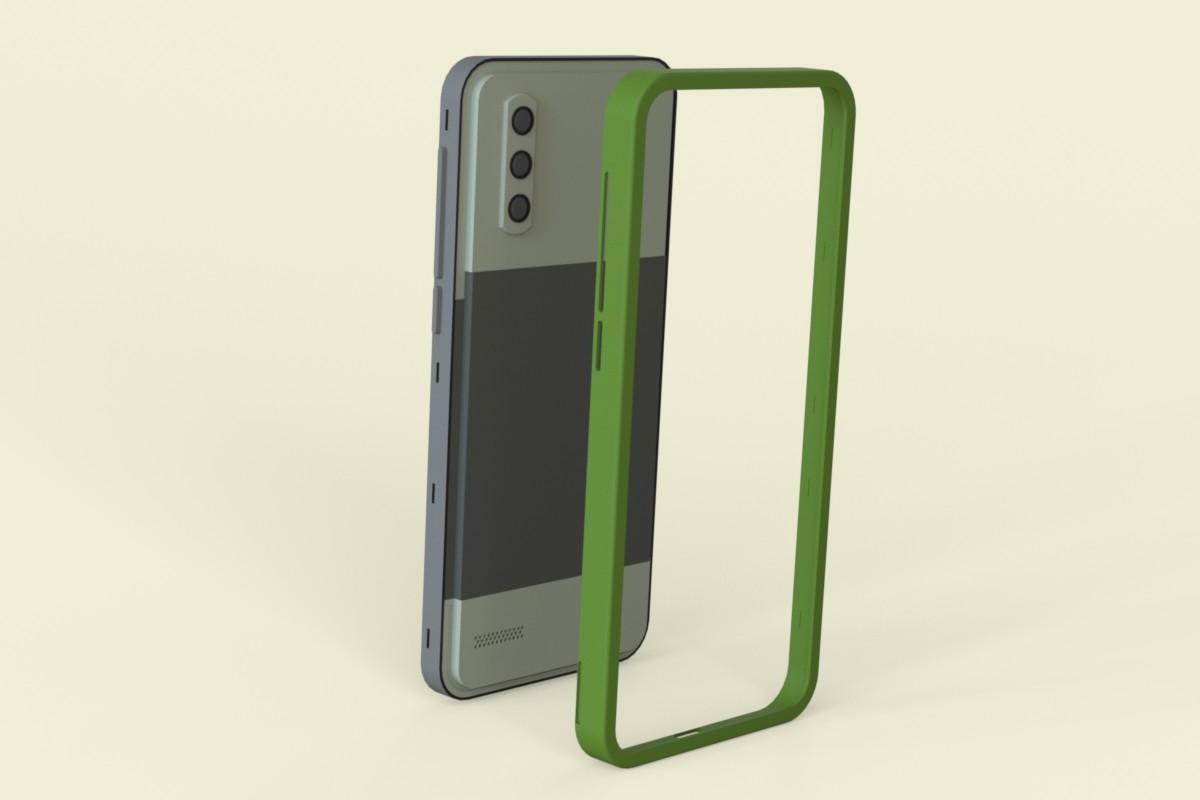
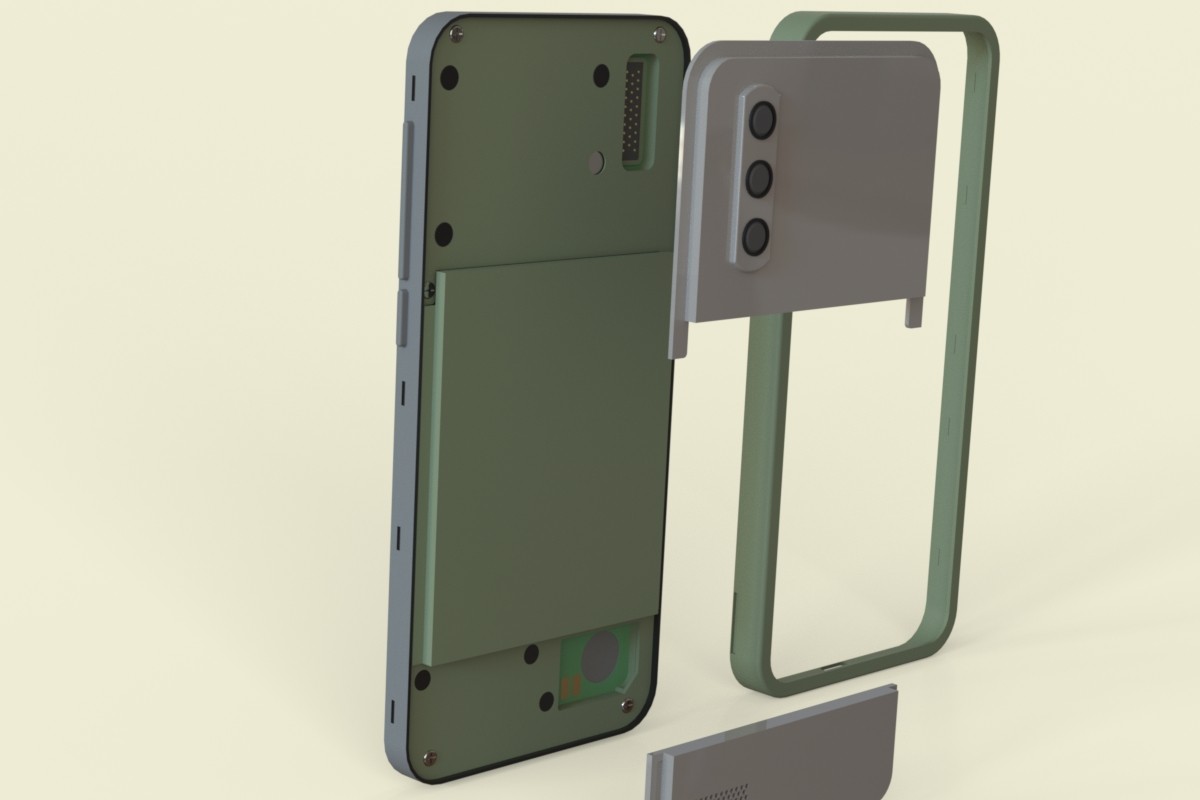
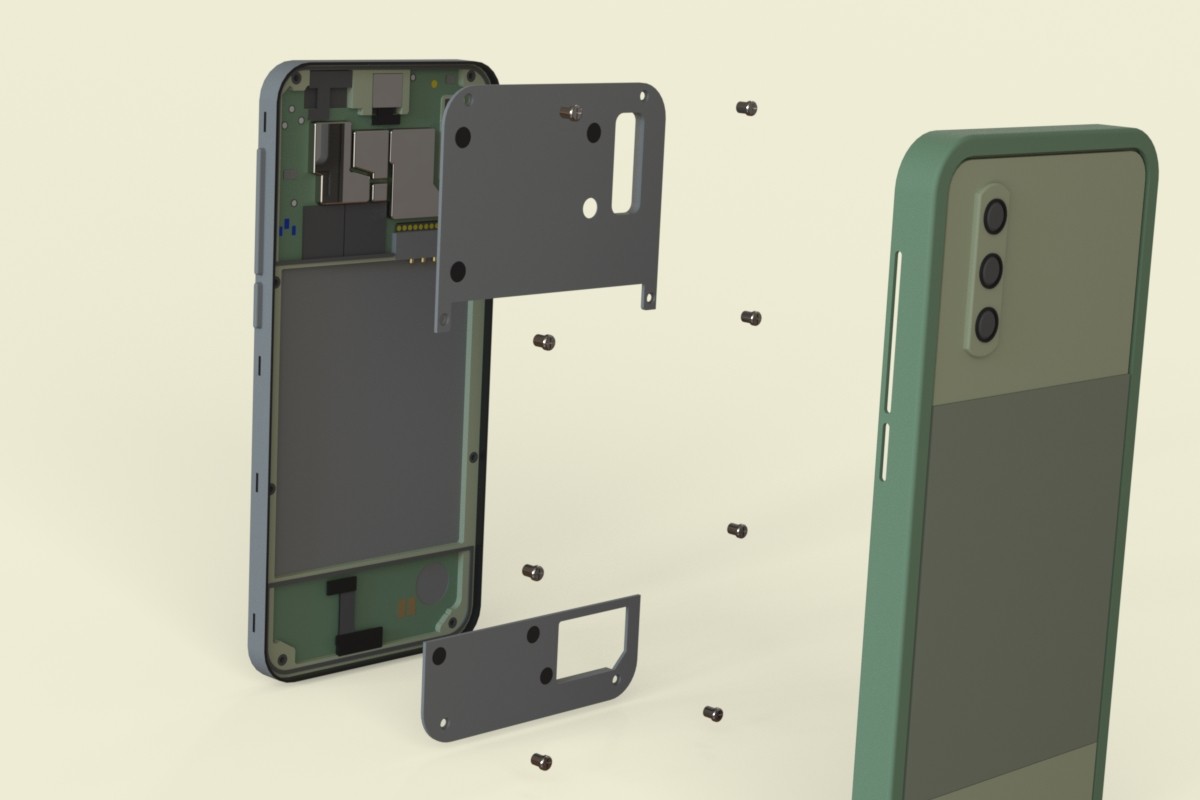
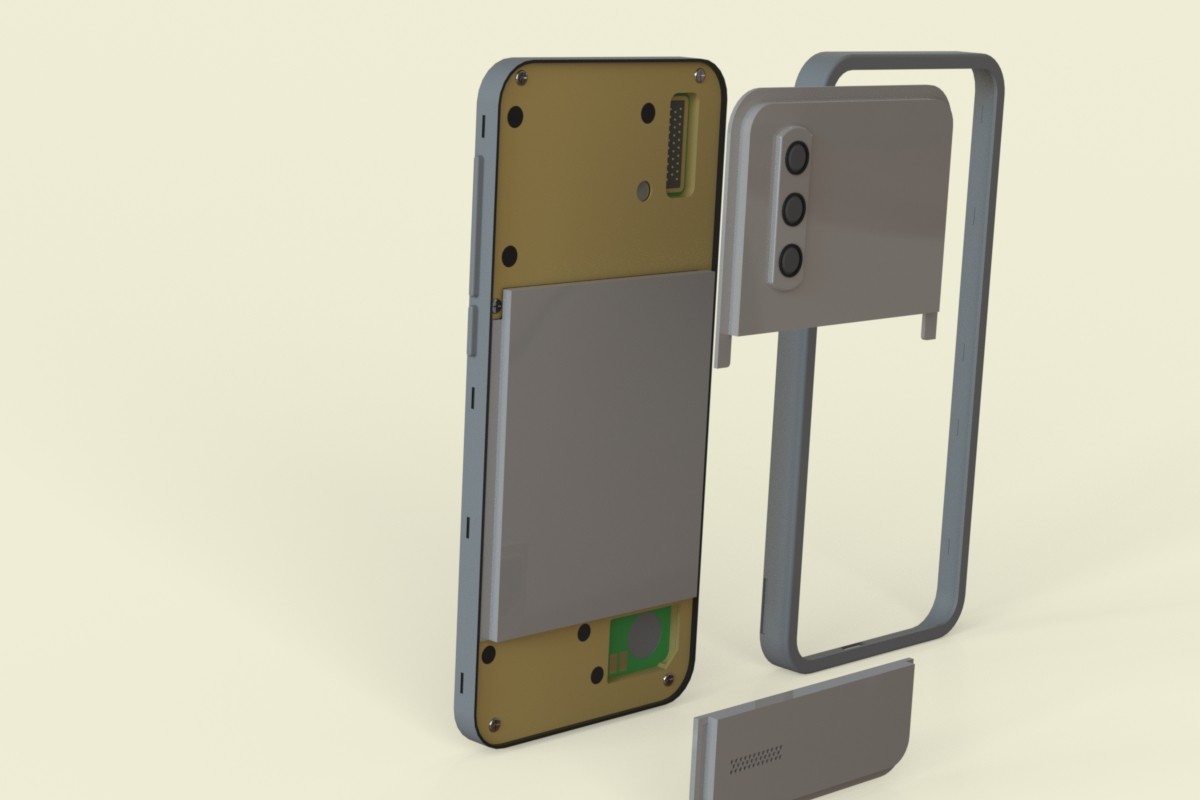

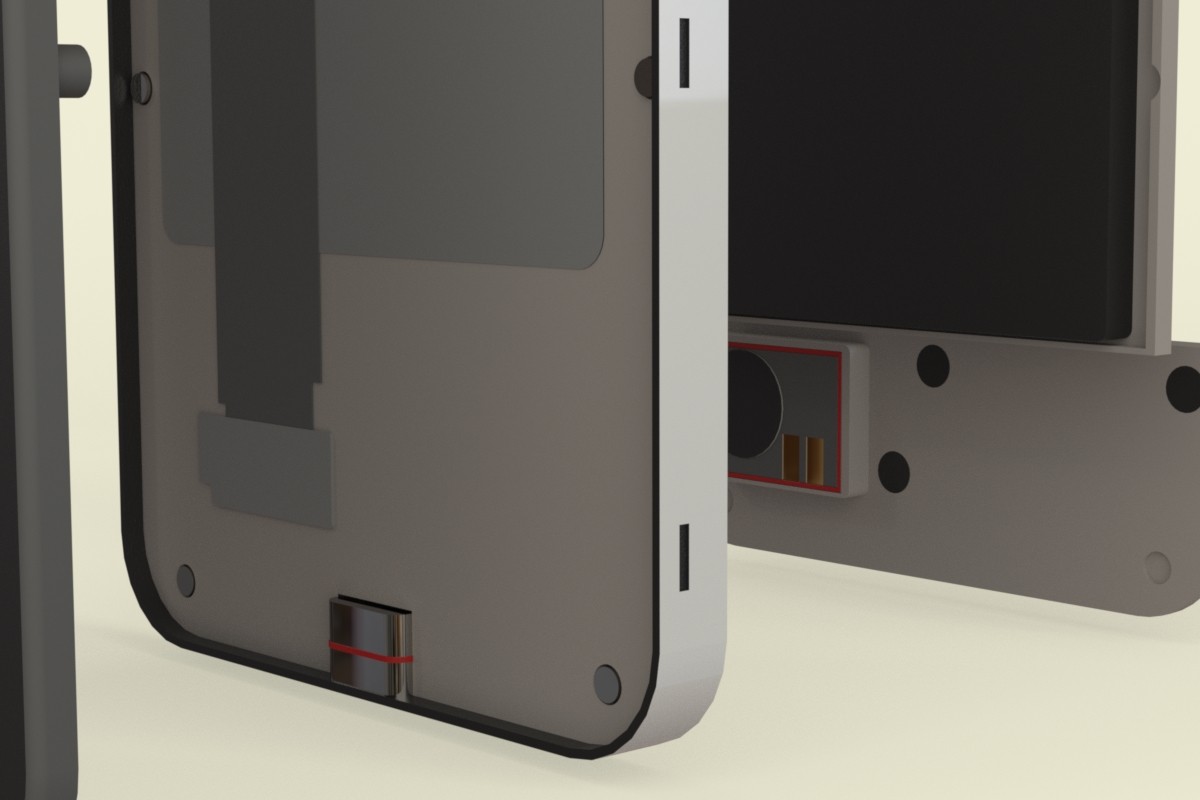
Redesigned case to hold modules in place
Magnetic attachment of modules
Reduced number of screws
Separate panels for internal components to protect from water and dust
Pogo pins for easy detachment
Rubber seals for water and dust
Key Features
The Design


Sketching
and
Ideation
Prototyping
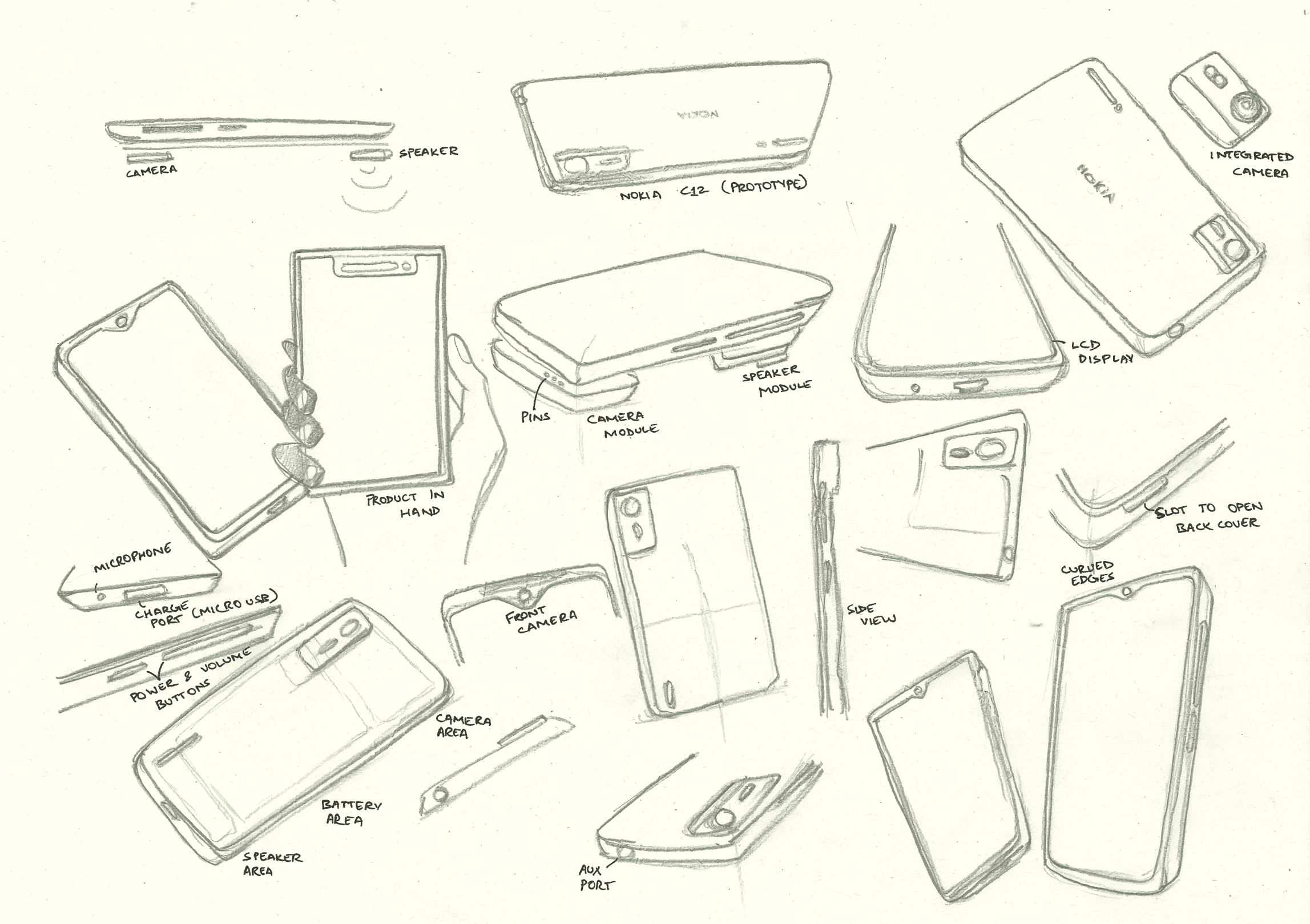

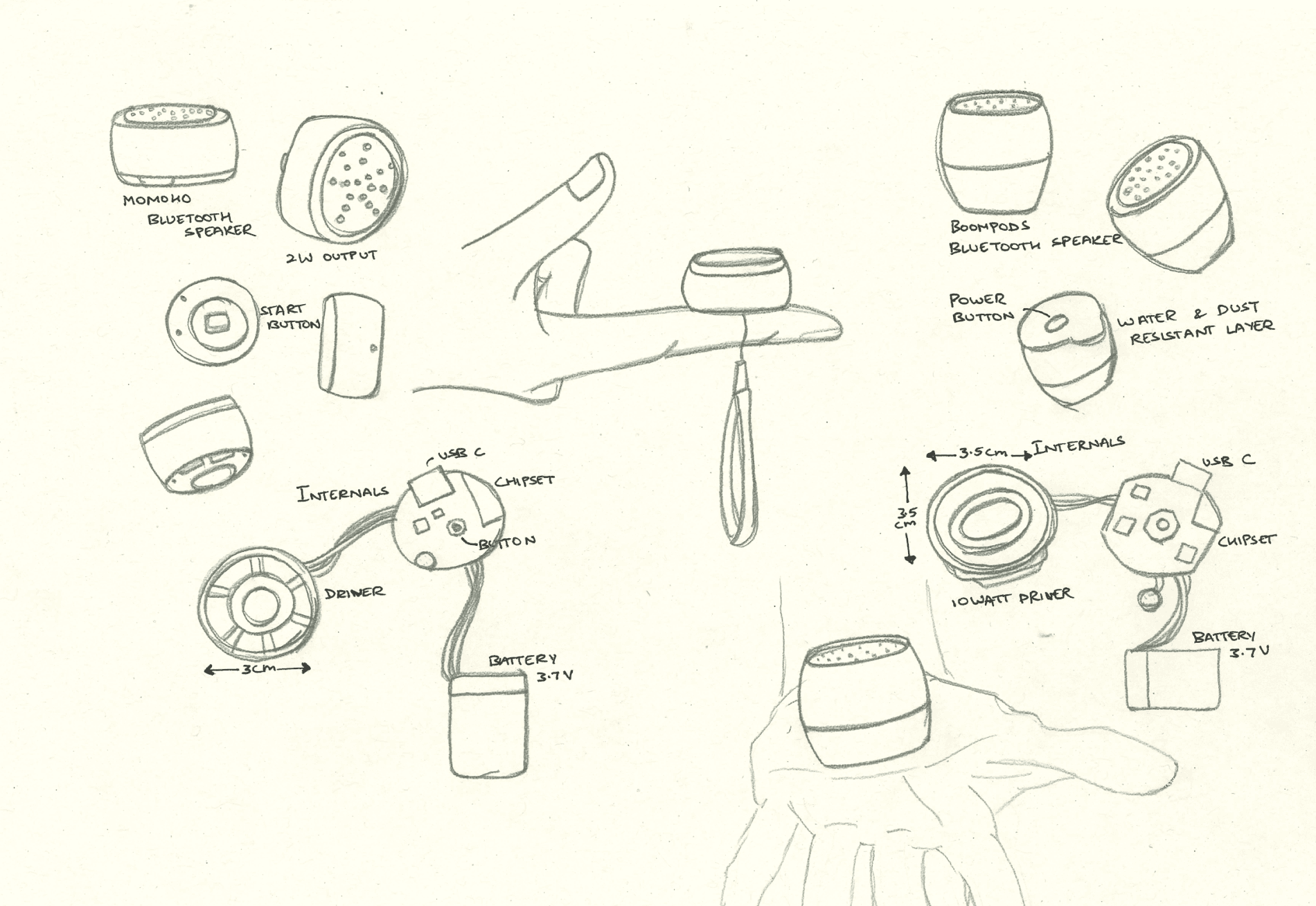
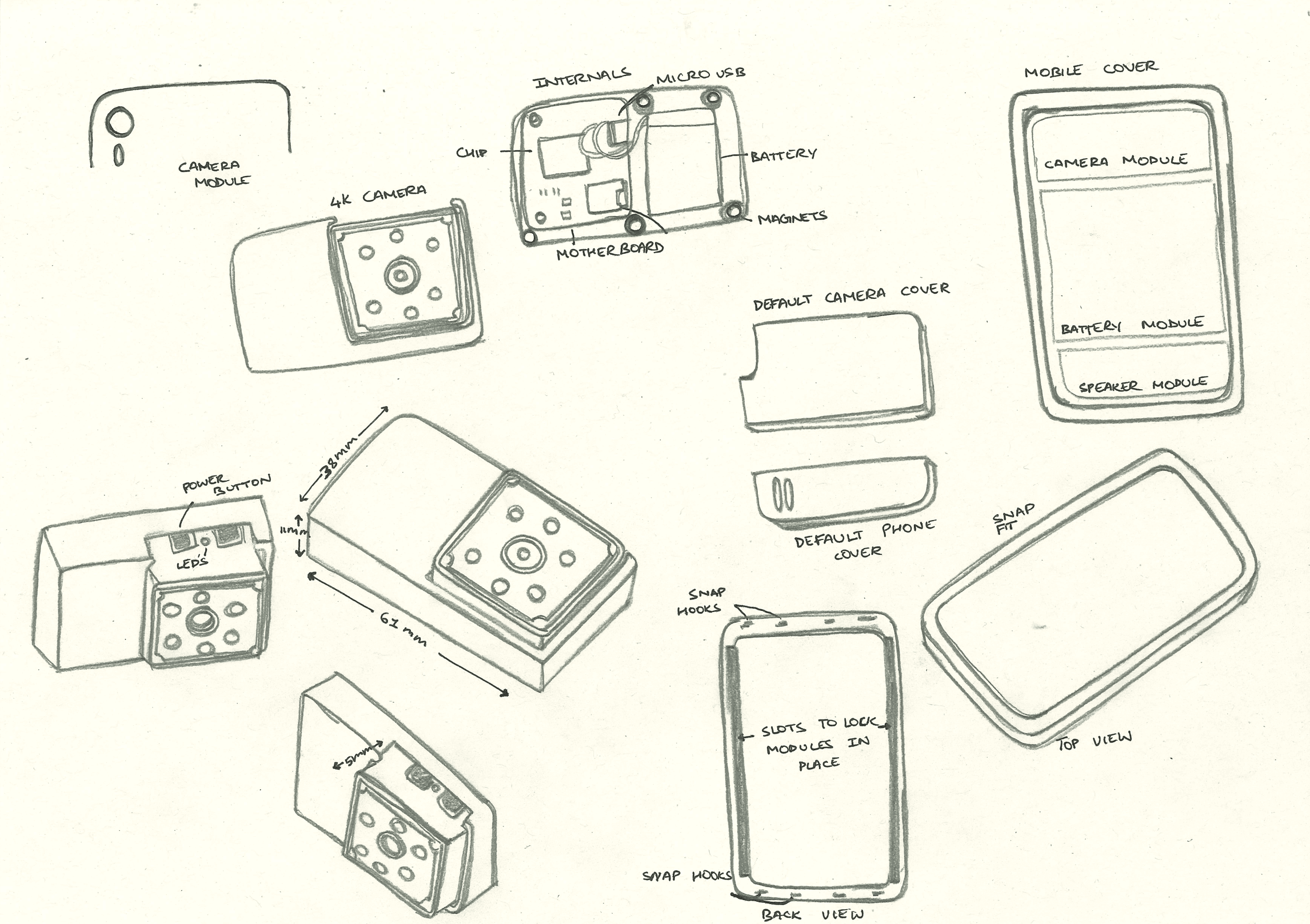
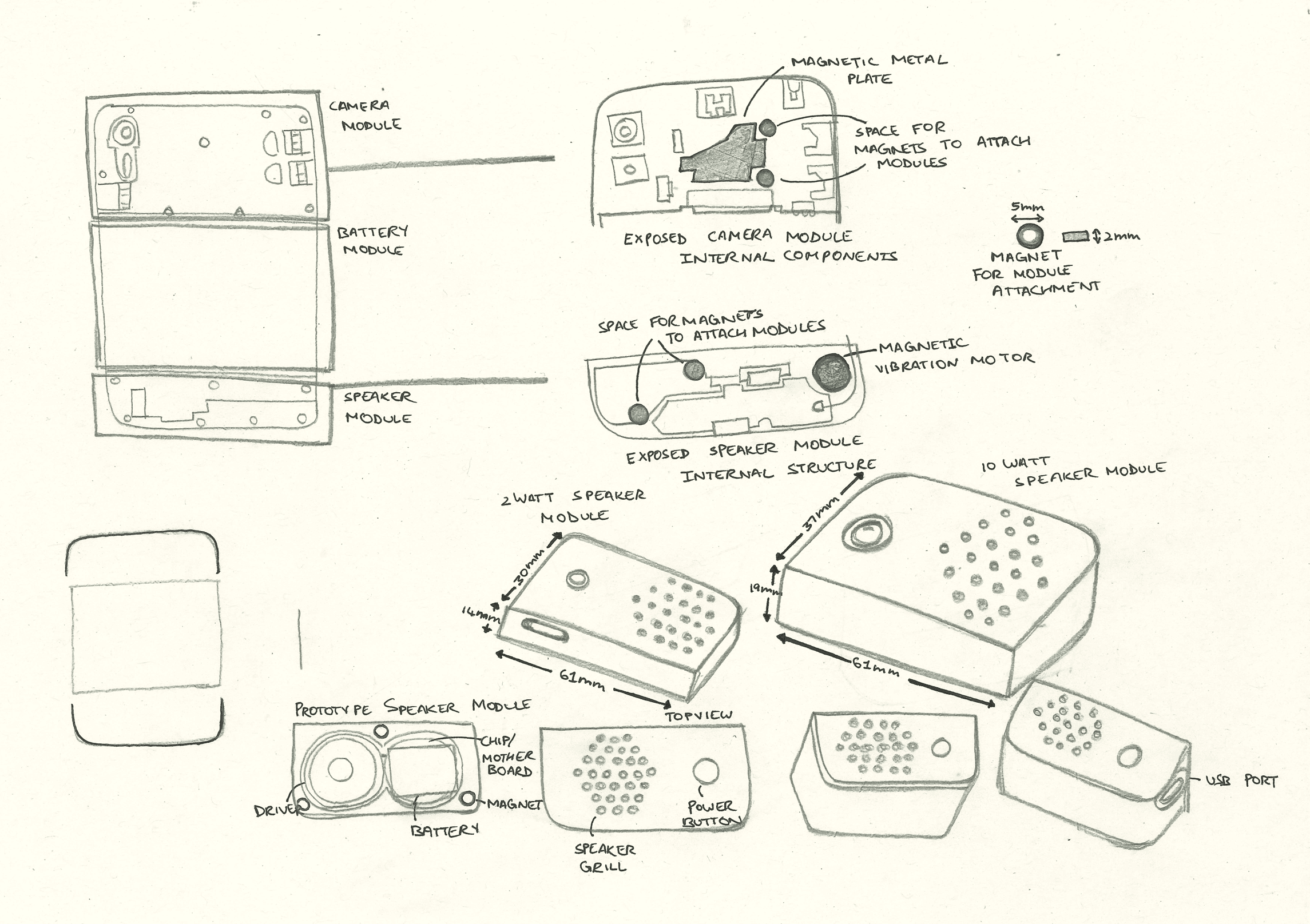
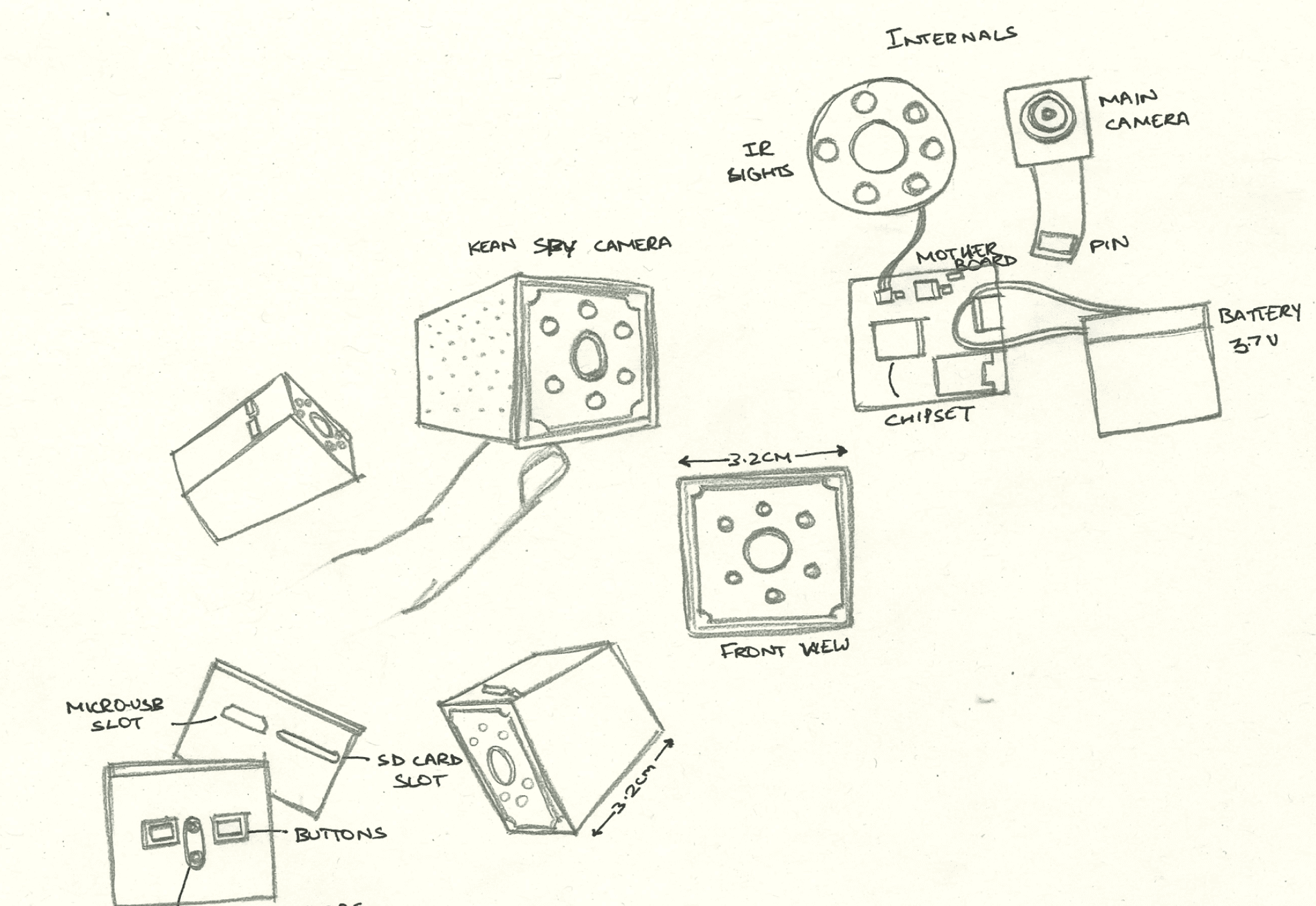
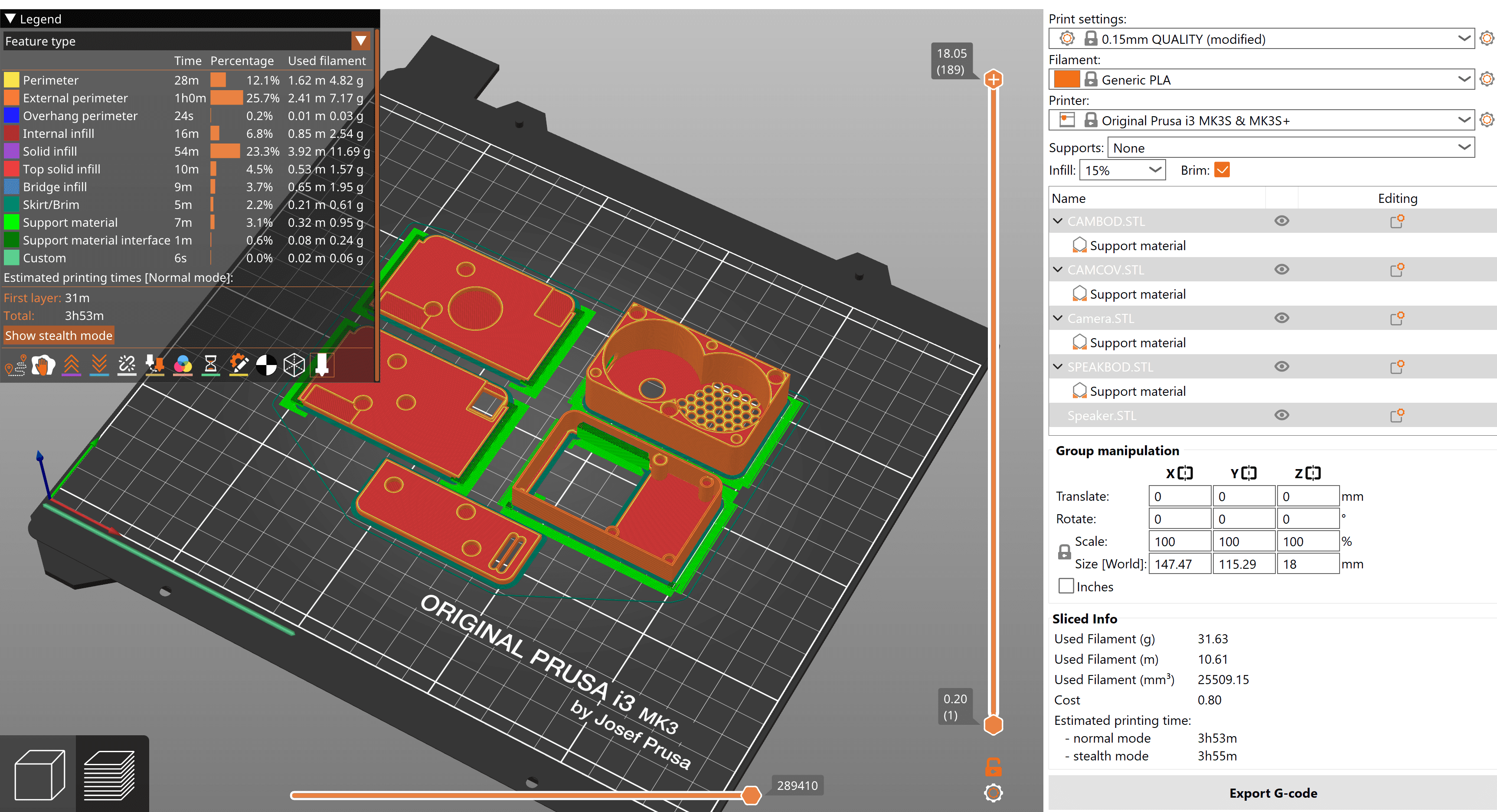
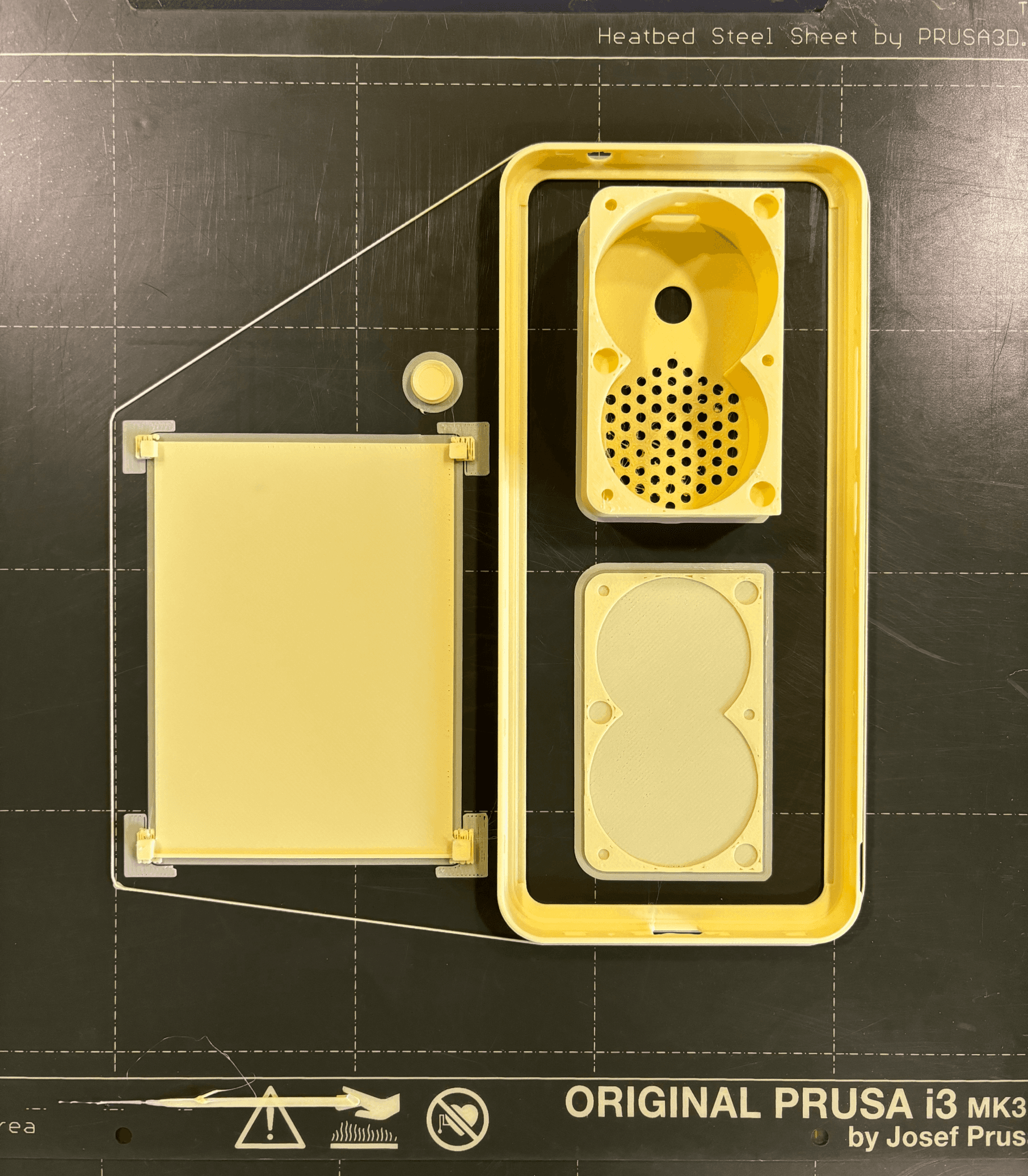
3D Printing
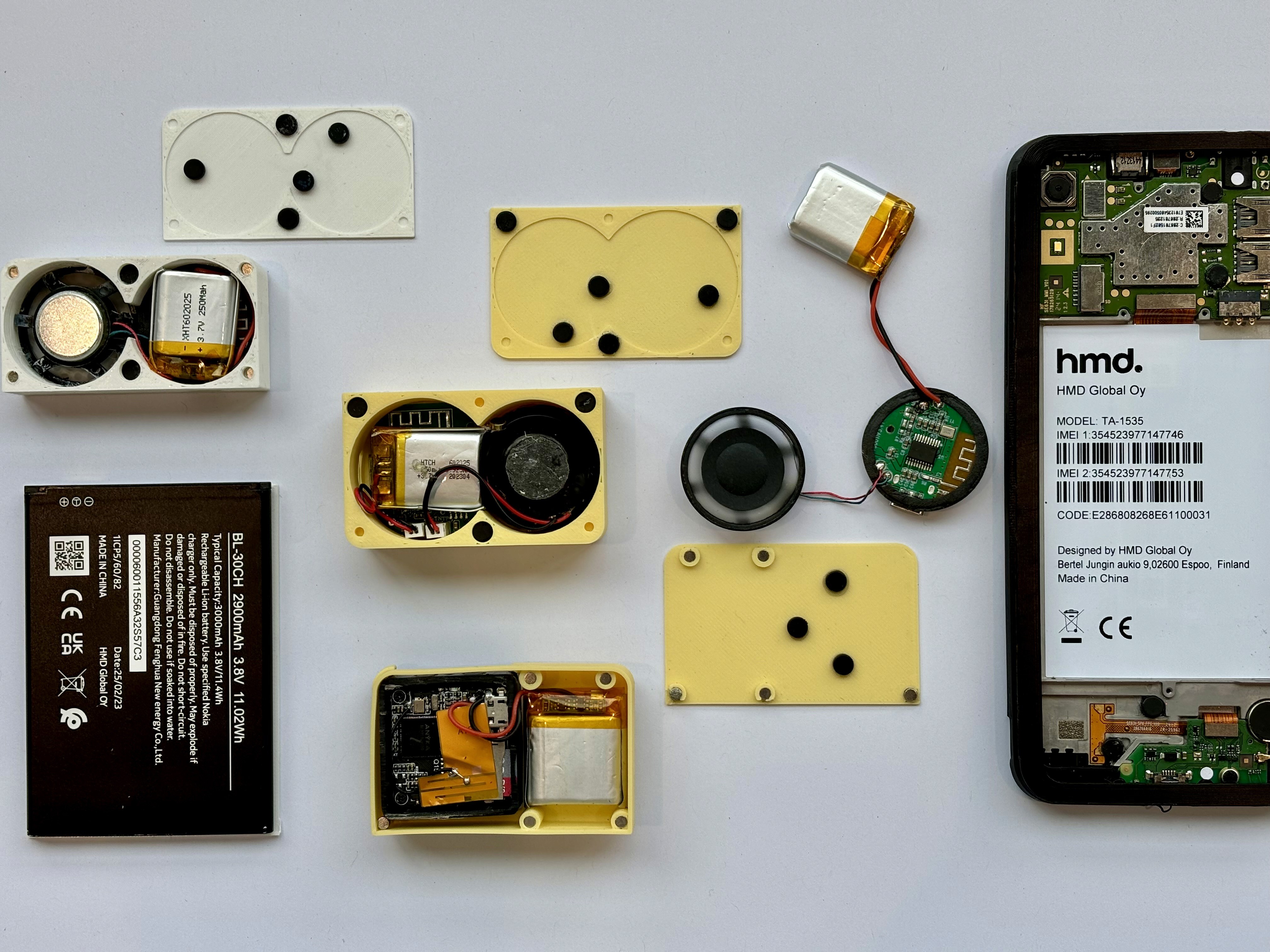
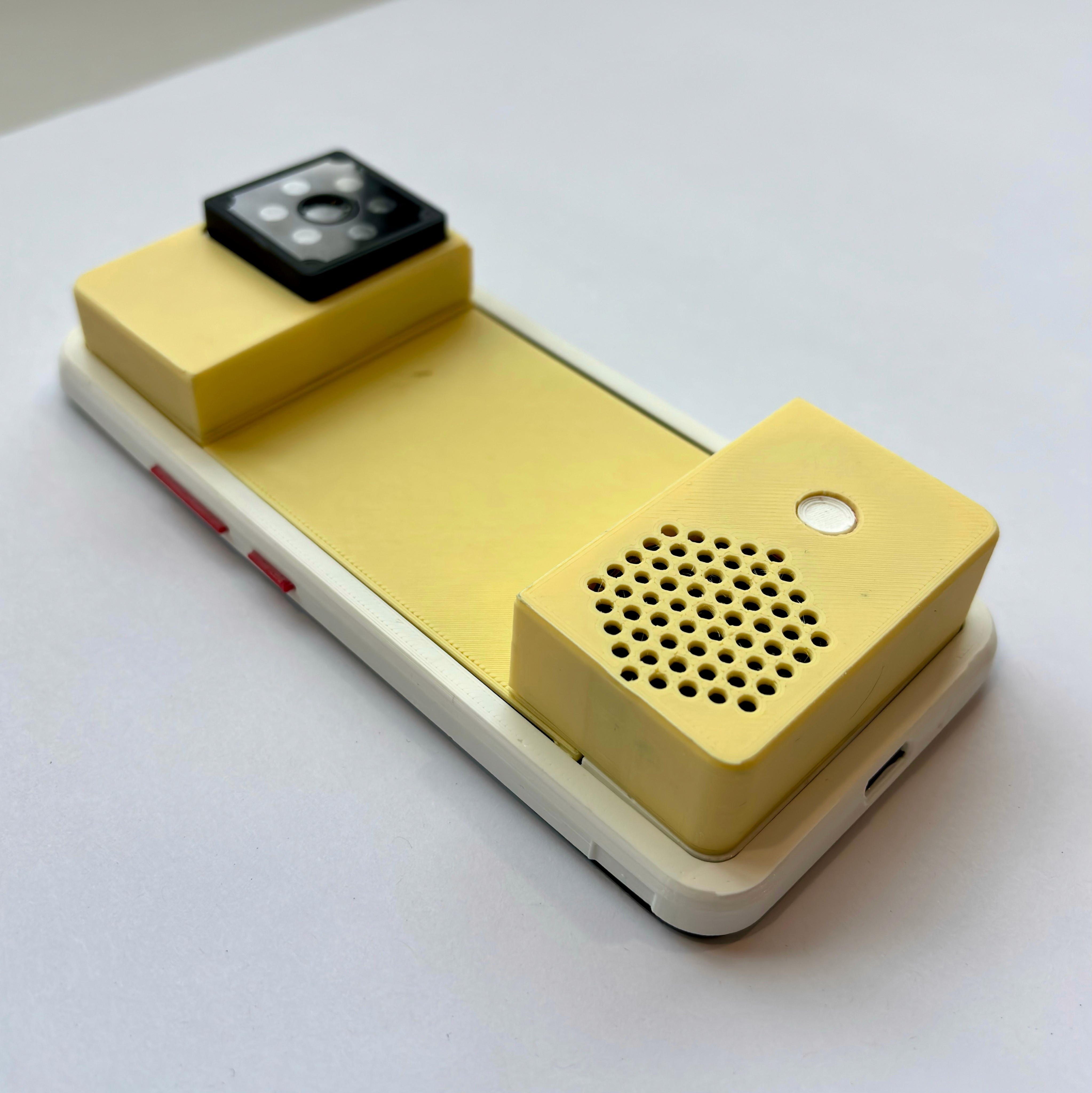
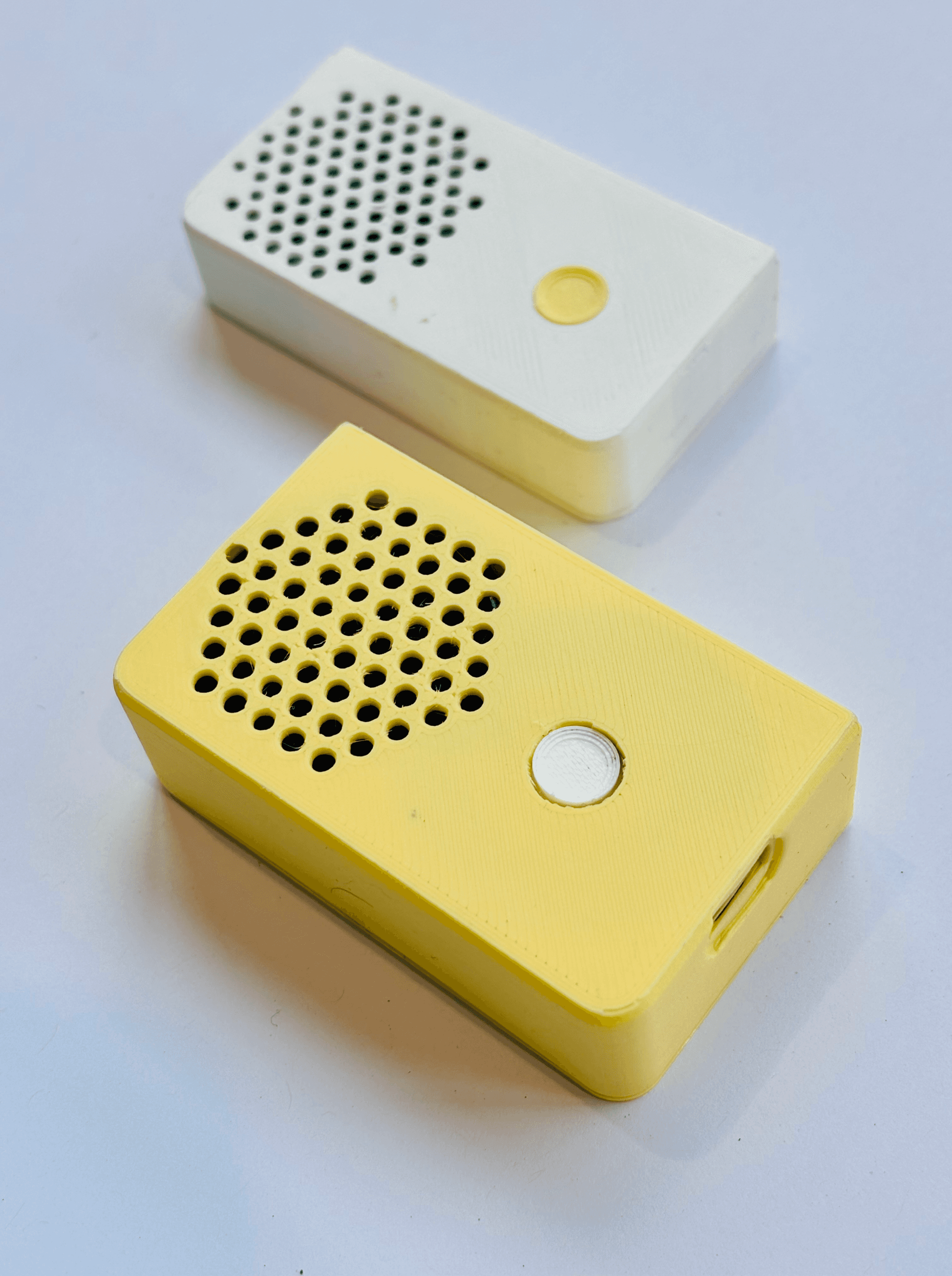
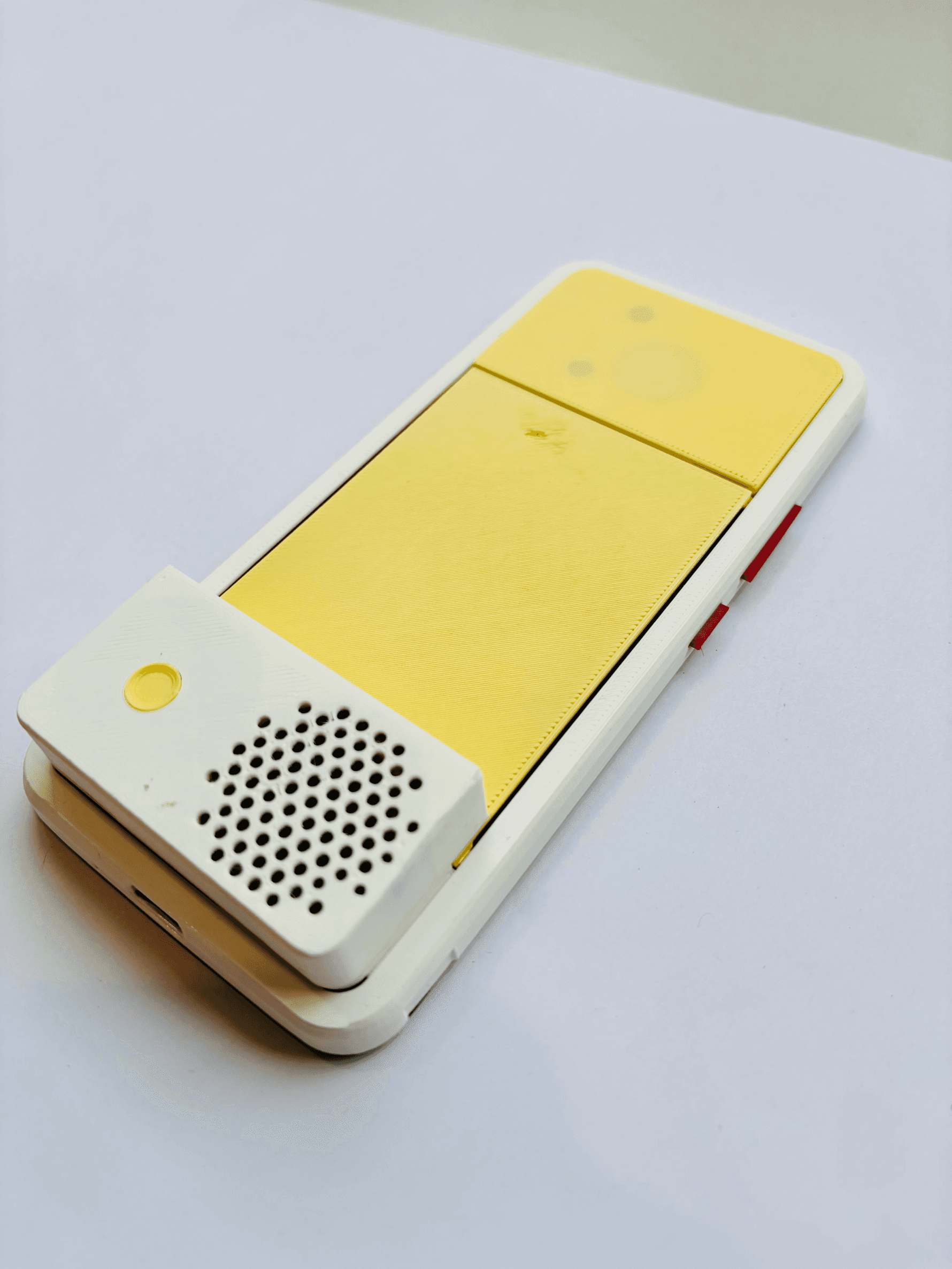
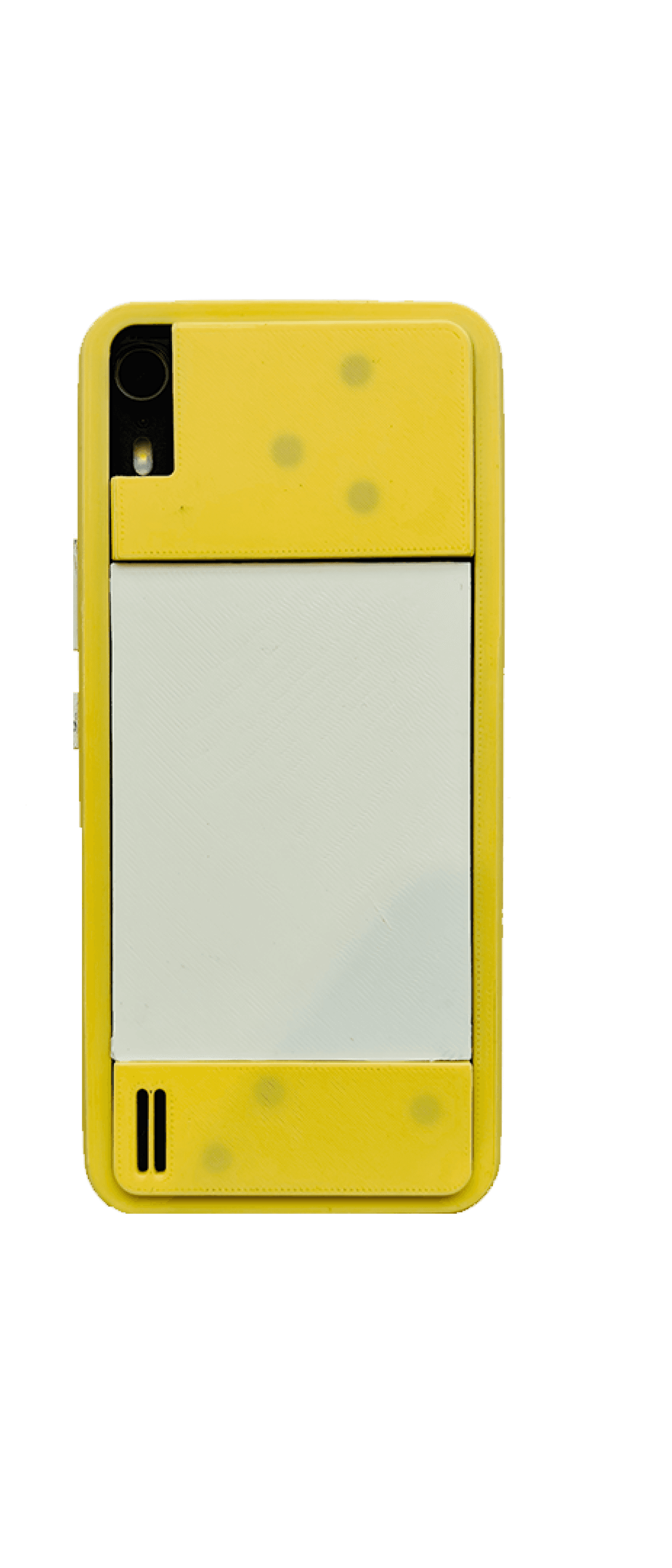
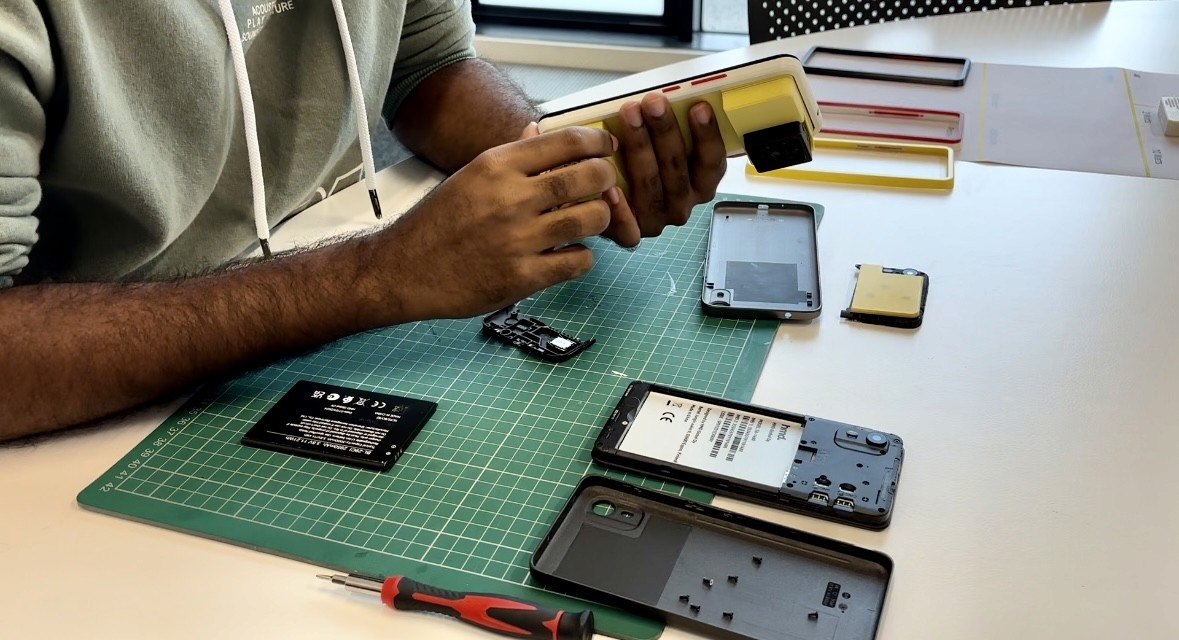
User Testing
All the participants in the user tests preferred having access to the internals of their smartphones for easy repair and upgrade of hardware. During the user test, participants were comfortable disassembling the smartphone and were easily able to identify the basic components that they use regularly. 80% of the participants expressed their desire to repair and service their smartphones by themselves if it was made accessible, rather than choosing to go to a service centre. This would assure them of knowing what components need repair in the comfort of their home and reduced costs.
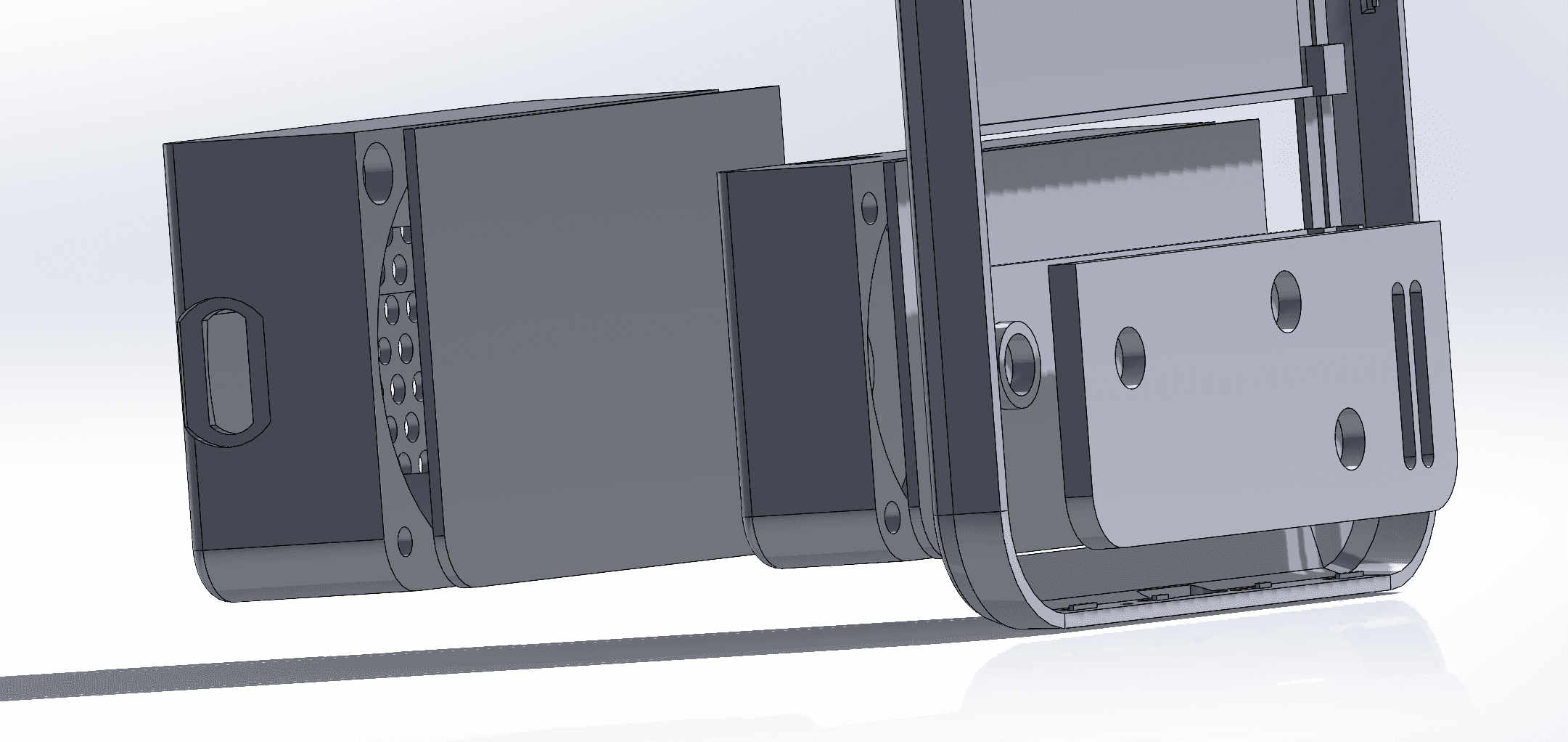
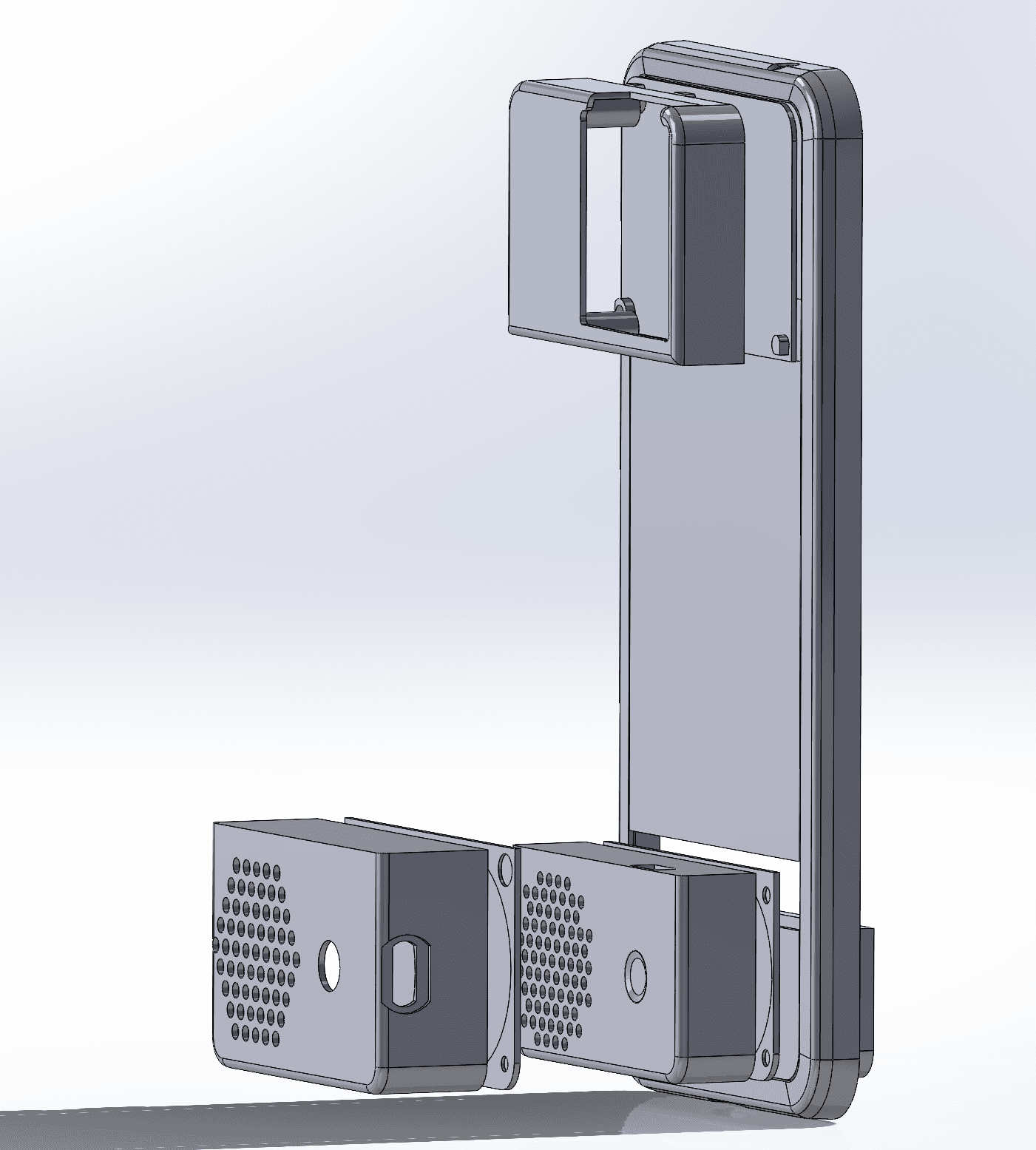
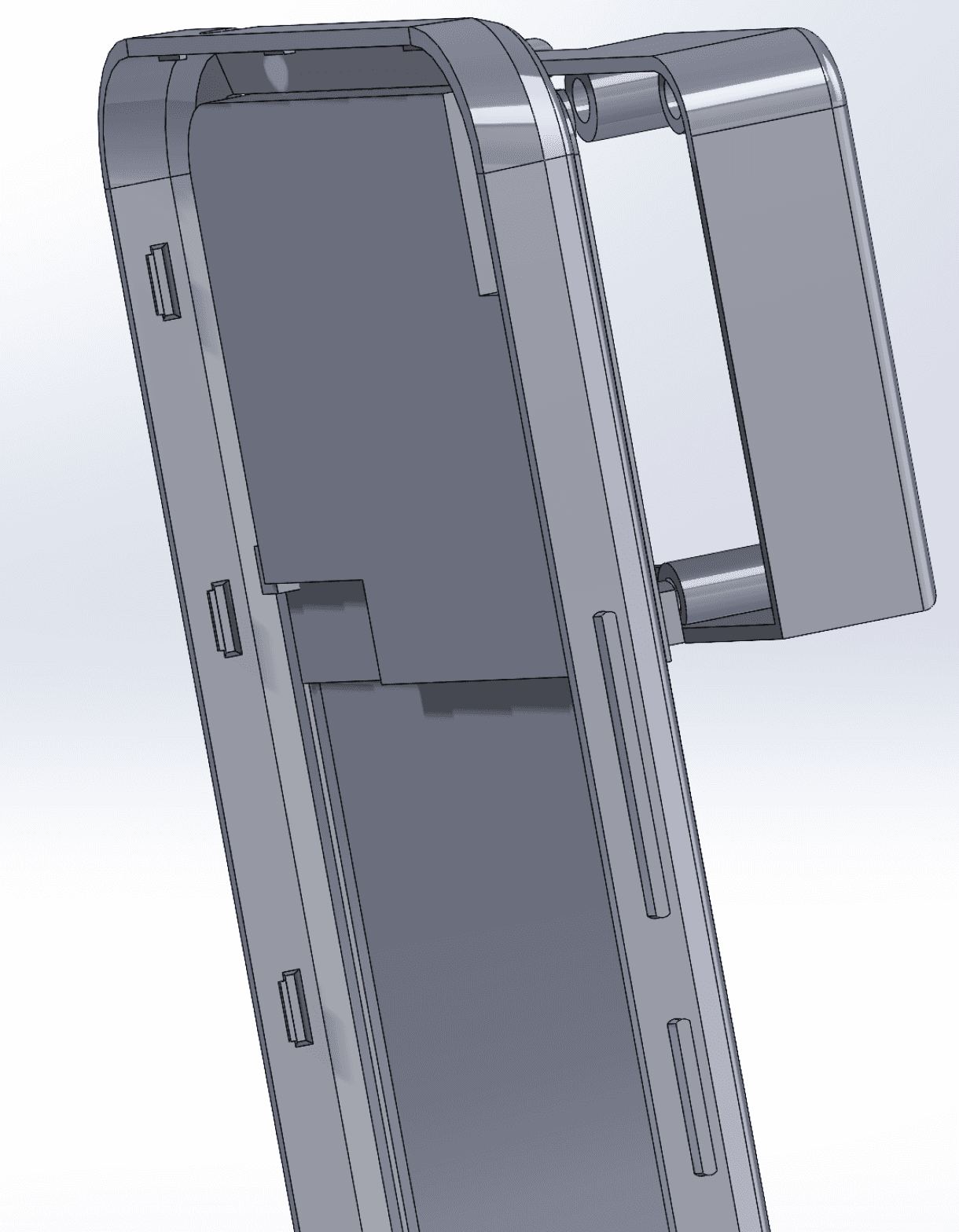
CAD
CAD
